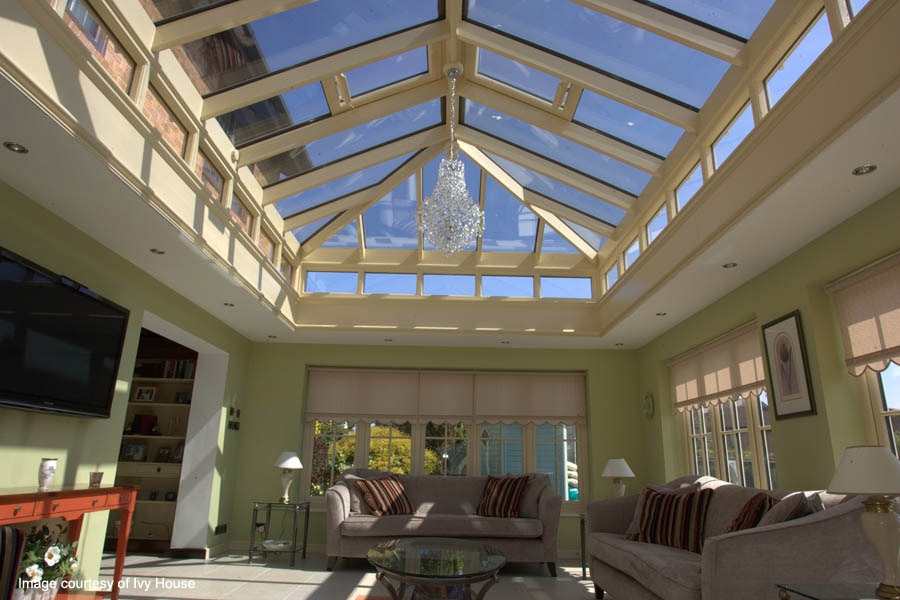
Specialist Safety Glass for Rooflights, Conservatories & Canopies

Safety Glass For Rooflights, Conservatories & Canopies
Selecting the right choice of glass for a conservatory, roof light, commercial atrium or other overhead glazing installation is paramount in determining a comfortable environment within the building whatever the weather outside.
From long experience, Lonsdale has worked with major glass manufacturers to determine the very best, high performance specification and glass combinations. For domestic projects price remains an important consideration, so we have sourced the best performing glass types at sensible prices to give excellent all year round comfort. Commercial projects may have different considerations, but again we place emphasis on best value and availability when recommending glass types to avoid long lead times and to keep costs down in the event of replacement.
Whatever the project, you can be sure we have the most cost-effective and SAFE solution available.
“Their team went to extraordinary lengths on what must for them have been a relatively small job, but my Wife and I are delighted with our new roof lantern”
Keith Postan, Homeowner
Safety Considerations
| Height of Glass Above Floor Level | Single Glazing Canopies & un-heated spaces | Double Glazing Conservatories & heated spaces |
|---|---|---|
| 0-5 Metres | Toughened, Laminated or wired | Lower pane may be toughened or laminated. Upper pane should be toughened |
| 5-13 Metres | Toughened glass no more than 6mm thick, wired or laminated glass | As above for 0-5m heights |
| 13 Metres plus | Laminated or wired glass | Lower pane must always be laminated |
NOTE: Toughened glass should not be used as single glazing or lower pane of DGUs for rooflights over swimming pools, food processing or similar areas where fragments of broken glass would prove a risk.
FAQs
How is safety glass made?
Safety glass is made by laminating two sheets of glass and placing a thin layer of plastic between them, or heat-treating glass sheets to strengthen them. These processes prevent the glass from shattering if it experiences high-impact force, and instead holds the glass in place to prevent injury.
What tests do safety glass have to go through?
Safety glass undergoes multiple tests to ensure it is fit for purpose. For example, the examiner will assess the glass when impacted, scratched, and fragmented. If the glass holds itself together under force, it can be categorised as safety glass. If not, the glass has failed the test.
Can safety glass shatter?
No. Safety glass is specially designed to not shatter when impacted. The laminated glass and the heat-treated glass will hold together when impacted and pose no threat to those below.
What’s the difference between toughened and laminated safety glass?
Toughened safety glass is much stronger than laminated glass, and thus, harder to break. Furthermore, laminated glass is designed to not shatter or splinter, and instead rests the glass on the PVB layer. Alternatively, toughened glass shatters into granular pieces with no jagged or sharp edges. So, in the unlikely event that toughened glass breaks, it still won’t pose a threat.
